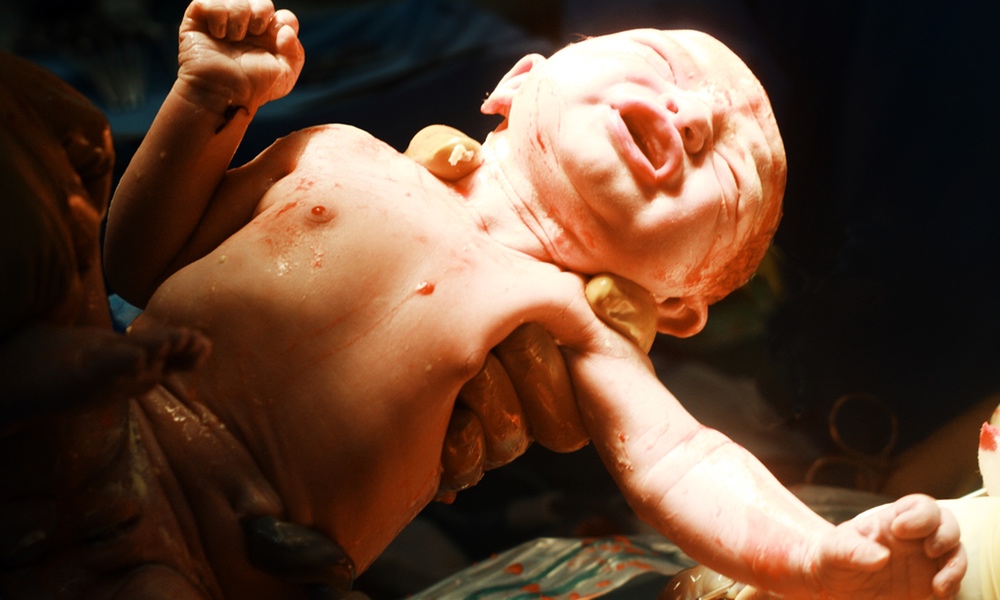It's a deadly, odorless, colorless and tasteless gas we live with every day. You could be dying from it and never know something was wrong. Carbon monoxide is a by-product of the combustion from wood stoves, heaters, automobiles. It kills tens of thousands of people every year and is misdiagnosed and mistreated in thousands of others.
Much more common than most people believe, carbon monoxide poisoning occurs when carbon monoxide (CO) gas is inhaled in unventilated conditions.
Many poisonings could be prevented if people better understood the dangers of CO. Worldwide, CO may be responsible for over half of all fatal poisonings. Often it occurs from cooking or operating combustion engines indoors or leaking heating systems. It is estimated that CO poisoning is the third leading cause of unintentional deaths in the United States and that the incidence of nonfatal poisonings varies from 15,000 to 40,000 cases per year. Because misdiagnosis of CO poisoning is common, however, the real incidence is probably much higher.Worldwide, CO may be responsible for over half of all fatal poisonings
Even worse, because the brain regulates breathing based on the levels of carbon dioxide in the blood rather than on the amount of oxygen in the blood, a CO poisoning victim can easily lose consciousness without realizing that anything is wrong because the brain just doesn't register that oxygen levels in the blood and in the body are falling to dangerous levels.
Five basic processes occur simultaneously within the body that contribute to CO poisoning:
- Impaired delivery and use of oxygen
- Disrupted O2-CO-Nitric Oxide balance
- Damage to blood vessels
- Damage to the nervous system
- Immune system responses during recovery
Levels of carbon monoxide in the blood can be determined by a simple blood test to measure carboxyhemoglobin. Carbon monoxide is produced naturally in the body and also functions as a neurotransmitter. Normal carboxyhemoglobin levels in an average person are less than 5%; heavy cigarette smokers may have levels as high as 9%.
Serious health problems tend to be seen when carboxyhemoglobin levels rise above 25%, and a serious risk of death with levels over 70%. Still, the relationship between carboxyhemoglobin levels and its toxic effects vary quite a bit from person to person. For this reason, carboxyhemoglobin levels tell us more about the degree of exposure than they do about how a poisoning victim will do in the short or long term.
Disrupted O2-CO-Nitric Oxide Balance
Our bodies normally use oxygen, carbon monoxide and nitric oxide. The body makes use of all three of these gases in a fixed relationship with each other. When there are elevated levels of CO, this equilibrium is disturbed and the extra nitric oxide that often results can cause further toxic effects.
Damage to Blood Vessels
CO poisoning also causes deposits along vascular walls, causing damage to the lining of the blood vessels.
Damage to the Nervous System
Elevations in neurotransmitters initiating nervous system activity occur in the brain during CO poisoning. This could be caused by any (or all) of the three components of CO poisoning listed above. This elevated activity can damage nerve cells and is the same sort of mechanism that is implicated in stroke, traumatic brain injury and diseases of the central nervous system (CNS) such as Lou Gehrig's Disease and amyotrophic lateral sclerosis (ALS).
EKGs and plasma screens are also done, both because of the risk of circulatory system damage from CO and in light of the fact that those who suffer an acute cardiac injury from CO poisoning have an increased risk for cardiovascular-related death in the following 10 years. A chest X-ray also should be part of the ER evaluation, especially in cases of smoke inhalation.
Some studies have reported a correlation between blood COHb levels and symptoms of headache and dizziness among victims with relatively low COHb levels on the order of 2 to 10%. Unfortunately, no reliable correlation exists between COHb level and more severe symptoms. The lack of objective measures for establishing the severity of CO poisoning complicates diagnosis and treatment. While there is evidence showing brain abnormalities following CO poisoning, unless there is evidence of an intracranial bleed, neuroimaging is not likely to help with evaluation of the CO poisoning victim.A tip-off that the headache you are having is related to CO exposure is that it subsides when you go outside.
Emergency Stabilization
The first step in treating someone who is suffering from CO poisoning is to clear the victim's airway, get them breathing and give the person pure oxygen. Oxygen supplementation is the cornerstone of treatment for CO poisoning. Oxygen inhalation will hasten the separation of CO from hemoglobin, as well as bring vital oxygen to starving bodily tissues. There is a consensus among research studies that the average amount of time it takes a victim to rid their body of COHb while breathing air is around 320 minutes (5.5 hours), but measured times in individuals vary from 128 to 409 minutes. In victims breathing 100% high-flow oxygen through a mask, the average time is approximately two hours — 113 minutes, with individual times ranging from 27 to 464 minutes.
Hyperbaric oxygen therapy (HBOT) is the only treatment shown to improve outcome in severe CO poisoning. There are several mechanisms of action. It will speed up the replacement of COHb by oxygen. The time it takes to get rid of excess COHb decreases to approximately 23 minutes when breathing pure oxygen in a hyperbaric chamber. However, animal studies indicate that the benefits of HBOT are probably not based on quicker "flushing out" of COHb.
Even without oxygen treatment, HBOT alone has been proven to counteract several of the damaging effects of CO poisoning. For example, animals poisoned with CO and treated with HBOT alone have been found to have more rapid cardiovascular recovery, lower mortality and lower chances of long-term immune-related neurological problems.
The autoimmune events that evolve in the days and weeks following CO poisoning can be avoided by prompt intervention. There are a number of theoretical treatments that might benefit CO victims, but the only treatment known to be safe and effective right now is hyperbaric oxygen. It is also clear that the best intervention is education, in order to prevent CO poisoning before it occurs.




